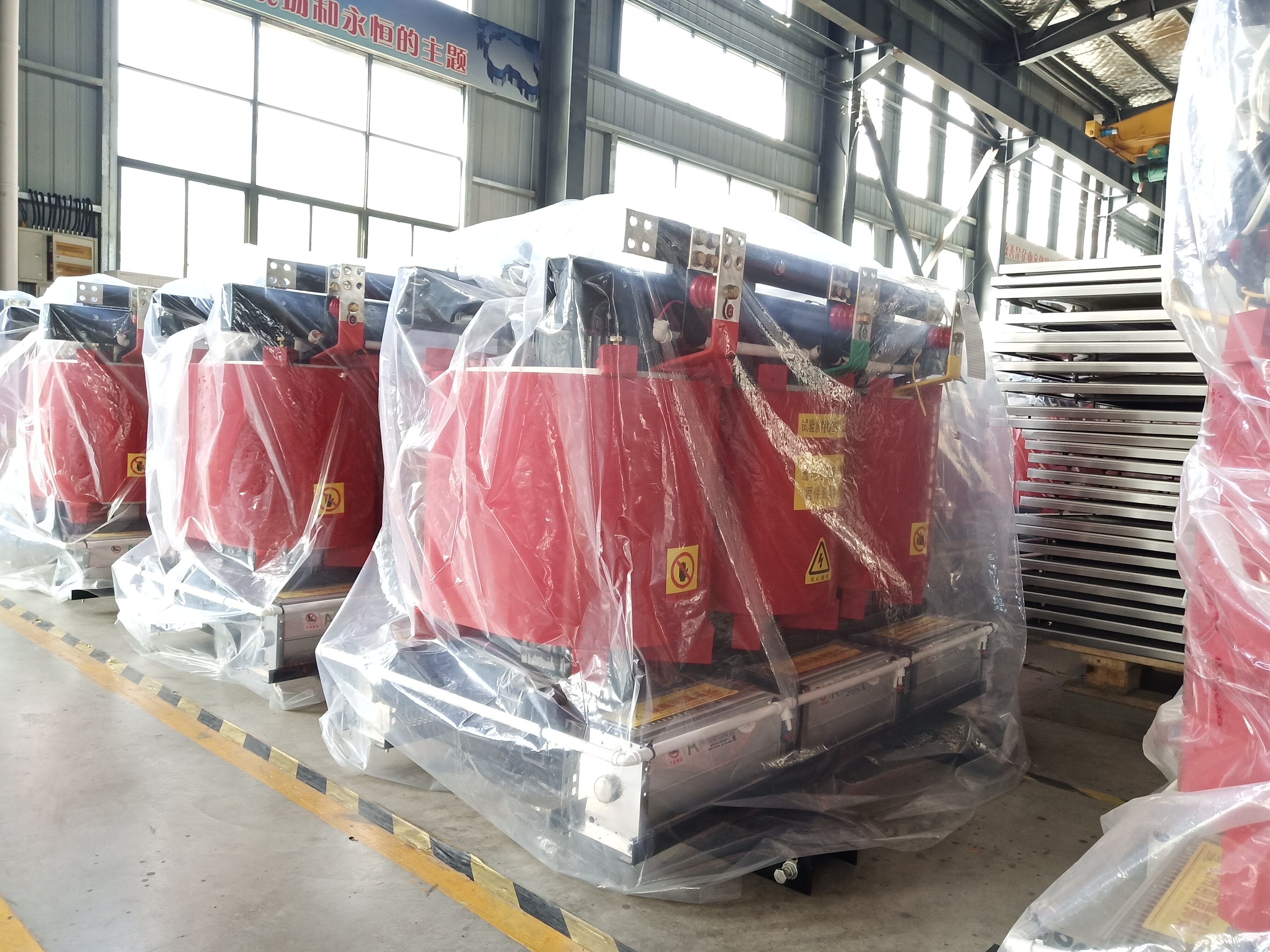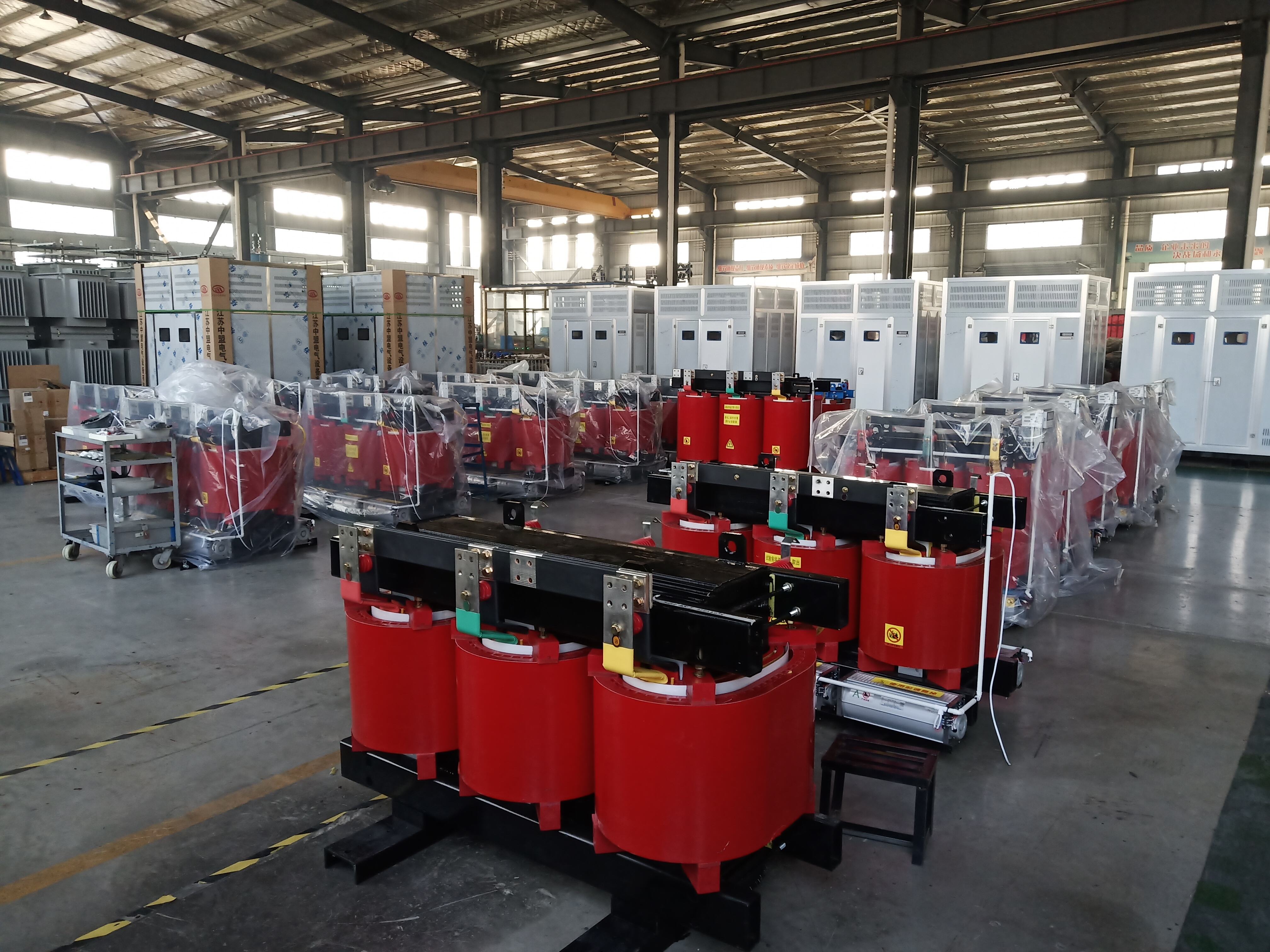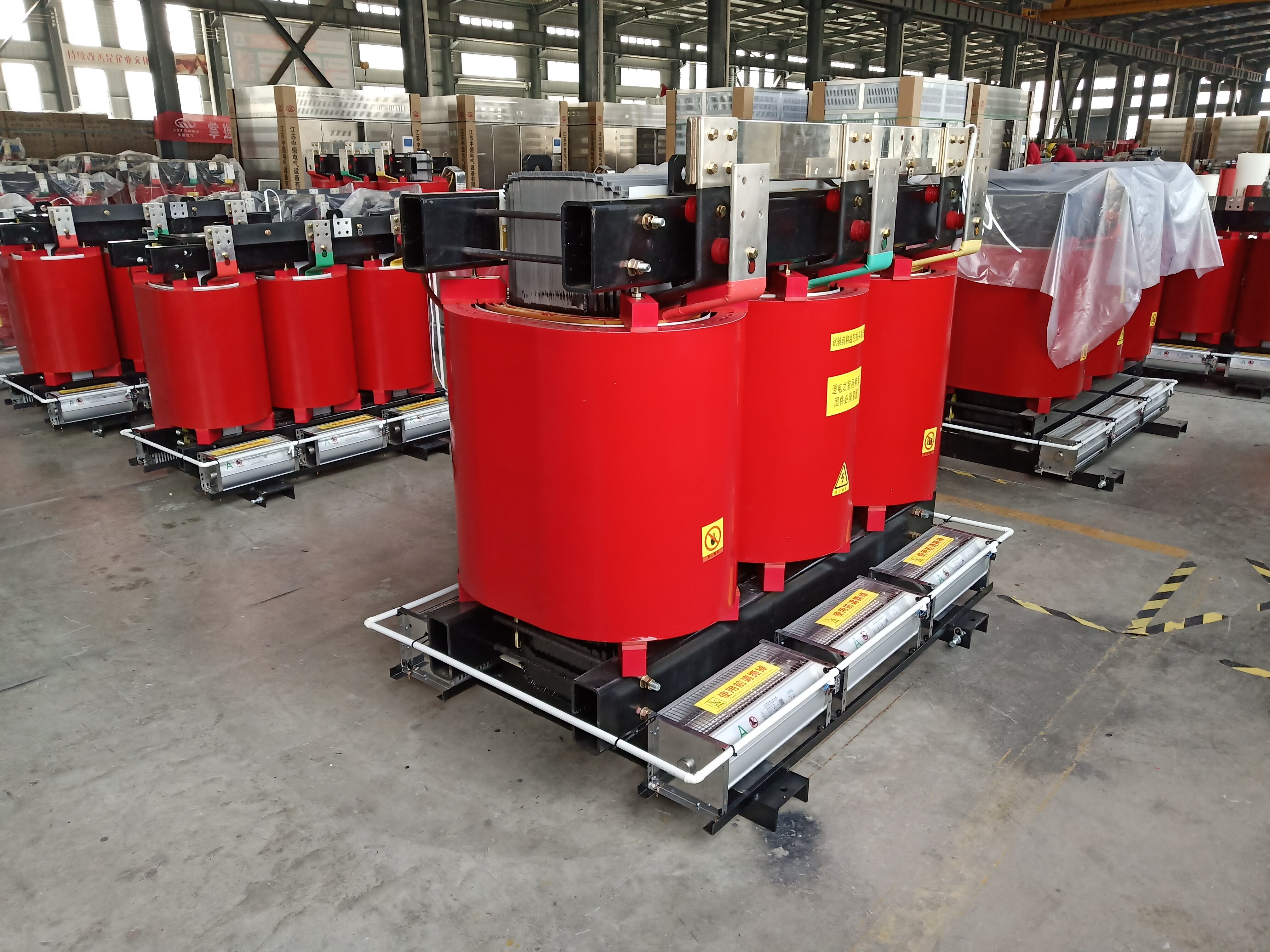three phase dry type transformer
A three phase dry type transformer is an essential electrical device that converts voltage levels while maintaining three-phase power distribution without using liquid cooling mediums. These transformers operate through electromagnetic induction, featuring three sets of primary and secondary windings encased in high-quality insulation materials. The core is typically constructed from grain-oriented silicon steel laminations, designed to minimize energy losses and enhance magnetic flux distribution. Unlike oil-filled transformers, dry type transformers use air for cooling and specially designed insulation systems, making them environmentally friendly and safer for indoor installations. They are equipped with advanced temperature monitoring systems and built-in protective features against overheating and electrical faults. These transformers excel in applications requiring 500 kVA to 30 MVA power ratings and are commonly utilized in commercial buildings, industrial facilities, and renewable energy installations. Their design incorporates vacuum pressure impregnation (VPI) technology, ensuring superior insulation properties and extended service life. The three phase configuration allows for efficient power distribution in industrial processes, making them ideal for manufacturing plants, data centers, and large commercial complexes where reliable power transformation is crucial.


